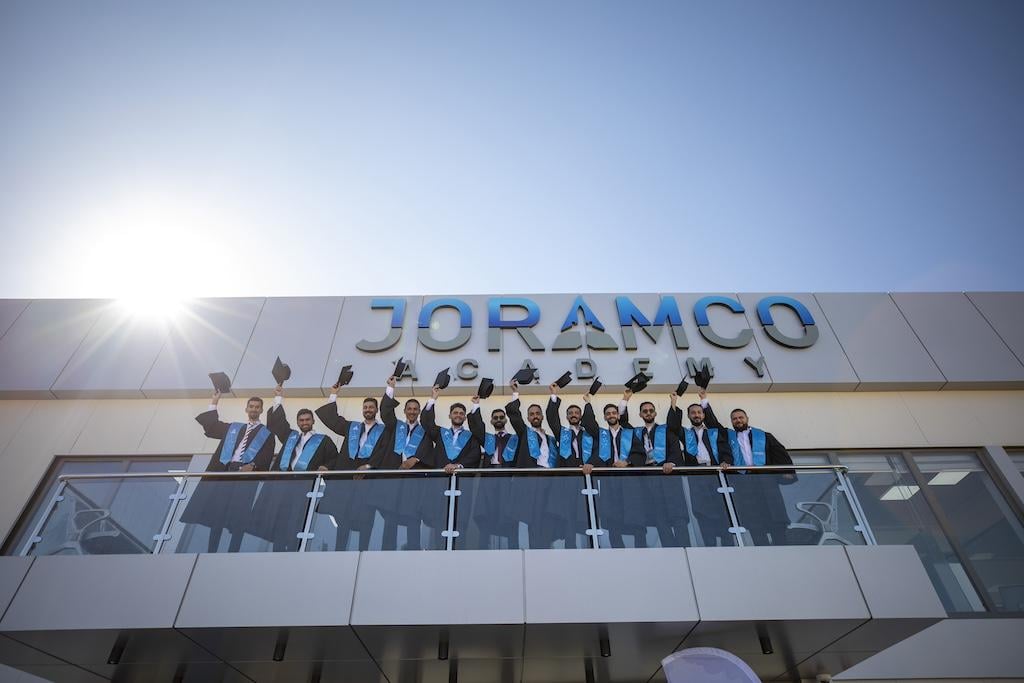MRO Memo: Joramco Academy Changes Are Noteworthy For Workforce Efforts

Changes Joramco is making to its academy are noteworthy because the ideas could be applied to other schools to positively affect the recruitment, training and retention of maintenance workforces.
Joramco Academy’s new 5,000 m.2 (approximately 54,000 ft.2) building that opened in October is much bigger than the previous one, so its sheer size—including 10 classrooms, shops, an aircraft hangar and ramp area—provides more capability.
The new modern facility brings a host of new activities with it, including a wider variety of courses and type training.
The four-year program traditionally includes two years of classroom instruction at the academy, followed by two years of practical training at Joramco.
By adding an optional fifth year, the program could include a bachelor’s degree. Students would spend the first three years at the academy instead of two, and then complete the two years of practical training at Joramco.
“This additional year will be under the curriculum of Jordan University,” says Joramco CEO Fraser Currie.
“It’s very important for some families in Jordan, when choosing a career path, to have a bachelor’s degree,” he says. “It’s not essential for aviation maintenance, but it’s a nice bolt-on that some students naturally expect when they graduate.” The degree would give students the option to explore other types of engineering roles within Joramco, as well.
In addition to looking for high-achieving academic students, “we’re also looking at those who might not have achieved the best grades at school, because they just might not be suited to that environment,” he says.
Those students could start the academy’s course and “then do those school years at Joramco at the same time,” says Currie. For instance, if the student “got downgraded in English or math,” they could complete a site course at Joramco to bring that up, he says.
Not every person has to be a “star student” because maintenance “still is a very hands-on, practical environment, so we’re trying not to disadvantage people,” says Currie.
On the diversity front, Joramco also is actively trying to enroll more female students for its aviation maintenance program. “We’ve got a lot of females in our engineering and supply chain divisions,” but not as many in maintenance, says Currie.
Joramco is talking with parents to educate them about the opportunities. “I use the analogy between a pilot and an engineer,” neither of which require college degrees, says Currie. He points to a growing number of women pilots and all-women crews. “We’re trying hook on to that” and say aircraft maintenance is “another amazing part of the aviation ecosystem,” says Currie.
“It’s working. We now have a few female students coming through the academy and indeed working on the shop floor,” he says.
The school will be able to intake 300 students at a time, a level that it hopes to achieve in the next two years, says Currie.






